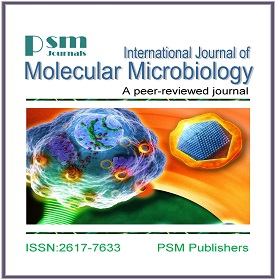Bioremediation of Organotin Pollution: the Role of Bacteria
Keywords:
Bacteria, Organotin Pollution, Biodegradation, Freshwater sediments.Abstract
Organotin compounds (OTCs) are one of the most widespread and heterogeneous organic contaminants affecting aquatic ecosystems. These pollutants particularly tributyltin (TBT) and diphenyltin (DPT) have adverse effects on the health of plants, animals, and humans calling for urgent, effective, and sustainable remediation solutions. Bioremediation is becoming more popular as an alternative to other remediation techniques. It involves using biological agents such as plants and microbes to remove or lessen the effects of environmental pollutants. In this issue, Ebah et al. demonstrate the incidence of bacterial isolates in freshwater sediments hold significant potential for bioremediation of OTCs contaminated sites. The study results suggested that some TBT and DPT tolerant bacteria, such as Pseudomonas spp. and Bacillus spp., can reduce the toxicity of OTCs contaminated environments. Thus, using nature-based solutions i.e., bioremediation is a viable solution for the removal of OTCs in sediment. Future studies should focus on comprehending any synergistic relationships between different microbial taxa and evaluating their potential in removal of OTCs following bioremediation applications.
Downloads
Published
How to Cite
Issue
Section
License
Copyright (c) 2024 PSM

This work is licensed under a Creative Commons Attribution-NonCommercial 4.0 International License.




